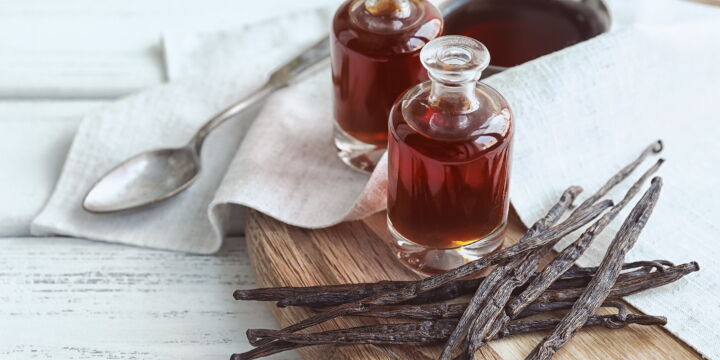The orchid with flexible branches; one of the most used spices in cooking, the most expensive in the world after saffron due to the enormous difficulties encountered in the cultivation and harvesting phases; it's vanilla.
Here is how it is produced, which is the main producer in the world and why it is worth gold..
Natural antiseptic; due to its antioxidant properties, vanilla is considered a natural remedy to fight cellular aging, take care of our immune system and prevent the onset of various diseases.
A bit of history
Vanilla is the pod of some species of orchids belonging to the Orchidaceae family; tlilxochitl for the Aztecs who used it to flavor their xocoatl: a cocoa-based drink, arrived in the old continent around 1500 with the Spaniards but, due to the great difficulties in managing crops, Mexico remains, for three hundred years of history of vanilla, the only producer.
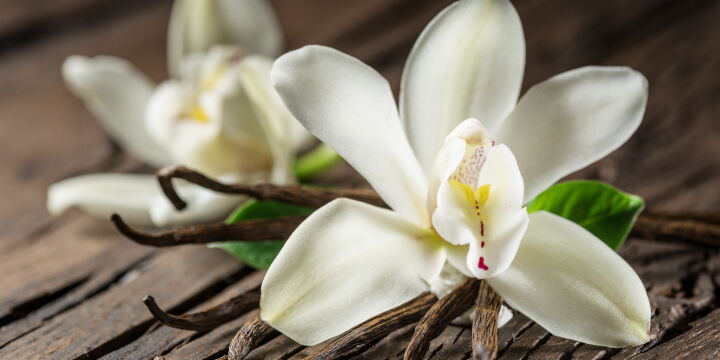
The orchid from which vanilla is born requires very special conditions to grow. The ideal environments are humid tropical forests, an altitude not exceeding 700mt and a temperature between 20° and 30°
The cultivation of vanilla, outside Mexico, began only around 1840 when, on the island of Bourbon, a slave using a bamboo stick created the pollination method that is still used today: from this moment the French began to cultivate vanilla in Madagascar.
Today Madagascar is the main world producer of this spice and Madagascar bourbon vanilla is the most prized variety, the most fragrant on the market and also the most expensive.
Other varieties
To date there are more than 100 species of vanilla but the best known ones, which are also those marketed, are only three..
Vanilla Tahitensis from Mauritius with its fruity aroma and very light color, Tahitian vanilla with an intense flavor reminiscent of licorice and vanilla from India characterized by a spicy scent and a flavor very similar to that of cocoa.
Vanilla properties
Rich in polyphenols, vanilla has beneficial anti-inflammatory properties and its scent also seems to have calming qualities against stress, situations of severe anxiety and insomnia.
Its smell stimulates the body to release endorphins that give feelings of well-being and calm. Its antioxidant and antiseptic properties make vanilla an excellent natural remedy to fight aging, protect the immune system and also prevent the onset of cancer.
The large amount of water it contains and the high percentage of mineral salts make it perfect to use for skin and hair care.
This is why its smell also helps to fight the nervous hunger that often binds to an emotional emptiness by resurrecting the primordial emotion of the newborn and breastfeeding. It is also attributed aphrodisiac virtues and according to the theory of signatures, the ancient belief according to which it is possible to determine the therapeutic properties of some plants based on their external shape, the vanilla bulbs represent the testicles thus justifying these virtues. Indeed, around the early 1900s, many doctors used to prescribe vanilla to combat all problems related to the sexual sphere and, precisely in these years, vanillism began to be known: the disease that arises in those who manipulate this spice too much.
Its use in cooking and cosmetics
When you mention vanilla, you inevitably think of a dessert..
Biscuits, cakes, puddings, creams and even chocolate, are just some of the preparations of which, among the ingredients, you will surely find vanilla.
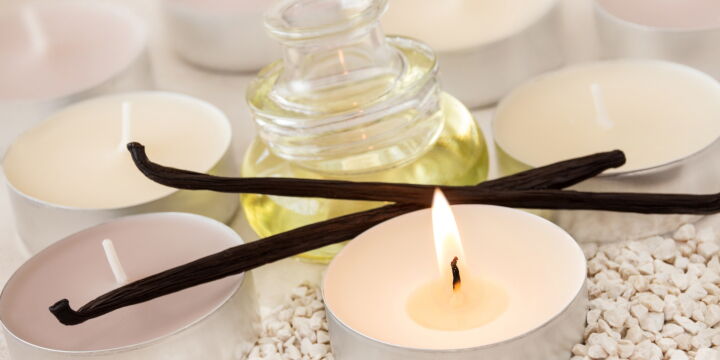
The numerous properties of vanilla mean that this pod with its heady and bright scent is used both in cosmetics and in cooking.
Normally found in shops and supermarkets, it is good to know that, much of the vanilla. however, it is of synthetic origin, it does not derive from the plant and is produced starting from the residues of the wood pulp.
Vanillin has aromatic properties similar to natural vanillin but does not have the same beneficial properties
To distinguish the origin of vanillin, it is necessary to pay attention to what is written on the packaging: natural aroma will be the description for real vanilla while the aroma alone will indicate a synthetic product (but this also tells us the price !!!) In the kitchen and in perfumery, this spice is used in the form of an extract, or in powder, as well as directly in pods.
The extract is obtained by macerating the pods in alcohol while the powder comes from the crushing of the pods themselves mixed with starch and sugar and is, in fact, the form chosen in the confectionery that uses it simply to cover the yeast flavor and smell. some eggs.
Vanillin is the aromatic aldehyde molecule that gives vanilla its characteristic smell.
100g of vanilla extract provides about 290Kcal of which 0.06g fat, 12g of carbohydrates and 0.06g of protein.
Try my vanilla pudding, you make it with three ingredients and without using sugar and whipped cream..
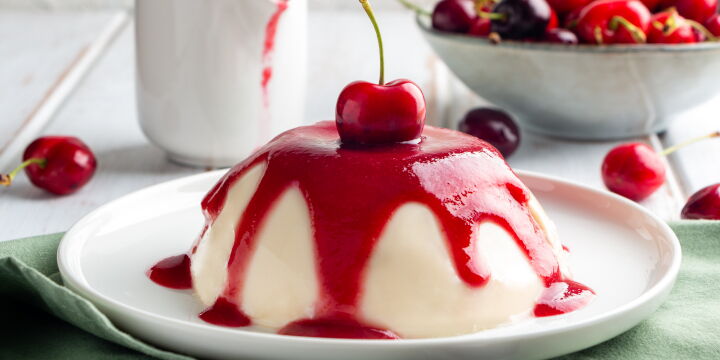
Put 250g of milk in a container and add 40g of About Breakfast vanilla flavor, 10g of corn starch and 2-3 drops of vanilla flavoring.
Whip with the electric whisk for a few minutes and then transfer to the fire.
Over low heat and stirring continuously with a silicone spatula, bring to a boil.
Transfer the cream obtained into the aluminum pyrittones and leave them there overnight (or at least 4-5 hours).
Turn over onto a plate and serve with a sugar-free jam.
The vanilla war..
In recent years the price of vanilla has skyrocketed (so much so that it is quoted at the same value as silver) but those who work in the plantations and take care of them continue to live in conditions of misery and below the most extreme poverty line. Only the few companies that process vanilla and sell it to Western brands of chocolate, ice cream and all pastry making are the winners.
Vanilla has originated trafficking and crime and, more and more often, farmers wake up and find their plantations or their warehouses stripped of the harvest by thieves who resell it on the black market of the capital Antananarivo.
Added to this are the frequent adverse climatic events that damage or destroy entire plantations.
For these reasons the farmers, who live in constant fear of losing everything, organize night patrols and unfortunately arrive to collect the pods even before time, thus lowering their quality.
Each year Madagascar produces approximately 12,000 tons of vanilla, of which more than 41% is purchased by the United States, followed by France, Germany and Canada.
Exports are mainly directed to Europe and North America and the percentage destined for the African continent (5%), on the other hand, is small and almost entirely purchased from the Mauritius Islands.
In Madagascar, the cultivation of vanilla extends over 25,000 hectares of land and involves about 800,000 farmers mostly distributed in small family farms where, inevitably, there are also many children.

The vanilla plant blooms very few times a year and its flowers only live for a few hours It is generally cultivated by hand and about three years pass before getting the first fruits.
The most important moment of this process is the fertilization of the flower; a delicate step since vanilla flowers only survive for a few hours and it is therefore essential that farmers understand the right moment for pollination to prevent the plant from producing pods for that productive season. When harvested, the vanilla fruits have no smell because the aroma develops only during the maturation of the pod.
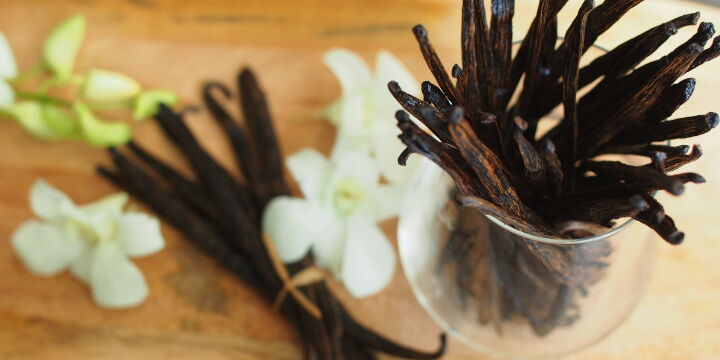
With precise drying techniques that last about five months you get the classic vanilla scent that we all know
The sale takes place in the local markets where the farmers arrive, after long journeys on foot, carrying bags of pods of over 40 kilos: it is precisely here that the price negotiation between farmers and retailers on the international market begins.
A bargaining that for farmers, who do not know the prices of the international market, will never be fair: they will never know a gain corresponding to the real value of the good and the work performed.
Africa, vanilla and the future..
The growing demand for natural vanilla can only be seen positively by Malagasy production. This can only happen when the country is able to introduce some changes, in particular, those aimed at strengthening the bargaining power of the peasants. Only the birth of farmers' associations will bring vanilla growers greater earnings and also the hope of seeing their children be children.


